
For 35 years, Fresno County’s Measure C — a half-cent sales tax dedicated to transportation — has dramatically shaped the landscape of metropolitan Fresno.

For 35 years, Fresno County’s Measure C — a half-cent sales tax dedicated to transportation — has dramatically shaped the landscape of metropolitan Fresno.
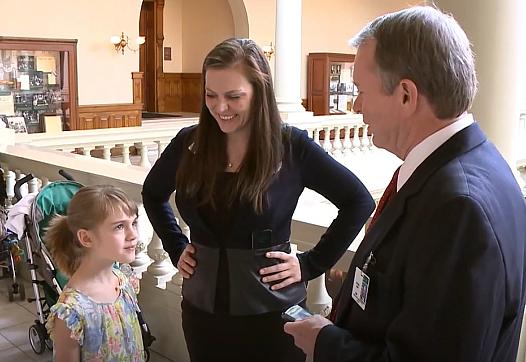
It took a seven-year fight to get Ava’s Law, which mandates insurance coverage for children with autism. Now Ava hopes her story can inspire a new battle.
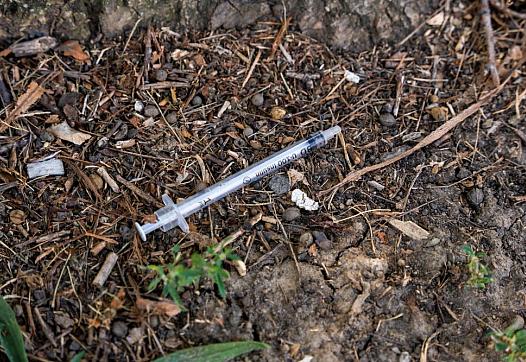
The BGA and Chicago Sun-Times analyzed 280,000 total drug possession arrests made in Cook County over nearly two decades. The data used was provided by The Circuit, the collaborative journalistic enterprise led by the BGA and Injustice Watch.

“More workers have died from COVID-19 in the last 18 months in the meat and poultry industry, than died from all work-related causes in the industry in the past 15 years,” as one expert testified.
A murder case that was a focus of The Enquirer’s series last month about domestic violence ended Monday with Marcus Reed going to prison for 15 years to life for the April 2020 death of Patricia Woods, a Westwood mother of two young children.

Immigrant women in the South Asian community have to overcome not just power imbalances within their relationships and culture, but also hidden imbalances in U.S. immigration and domestic law, which tilt control toward their husbands.
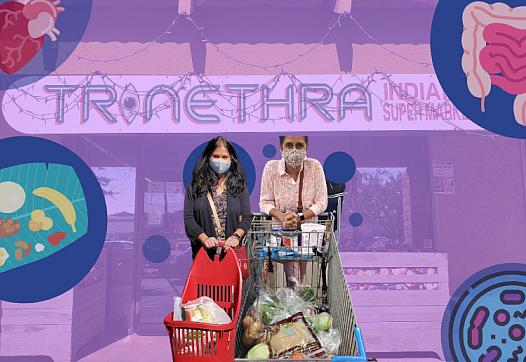
Masala Heroes is a three-part series on Santa Clara County’s South Asian (Desi) grocery stores and their contribution to their community’s health.
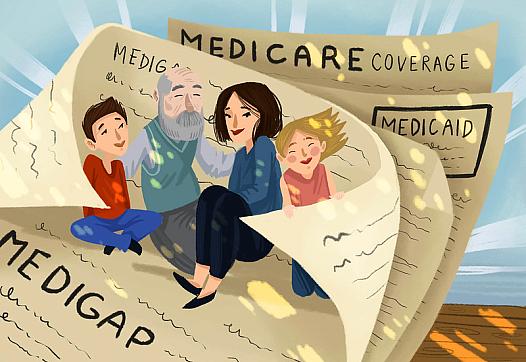
Comparing Medicare plans proves tough sledding — even for a veteran journalist tracking such plans for decades.
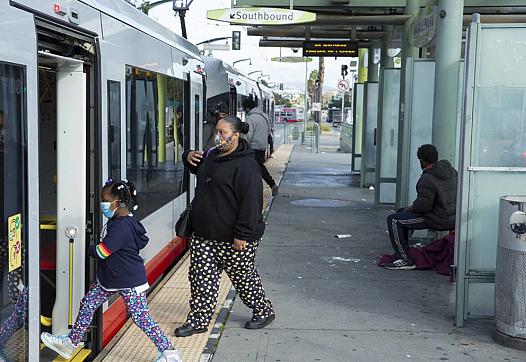
‘You’re really a second-class citizen’ if you live in this neighborhood.
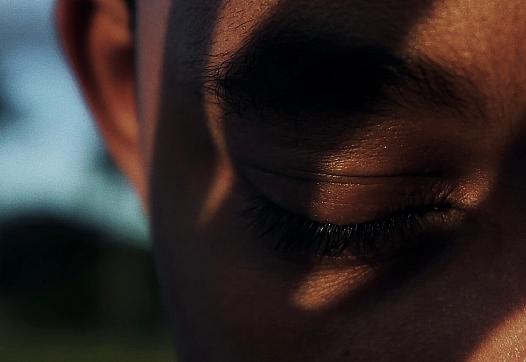
Mental health experts assumed that people of all races had the same risk factors for self-harm. Emerging evidence suggests that is not the case.